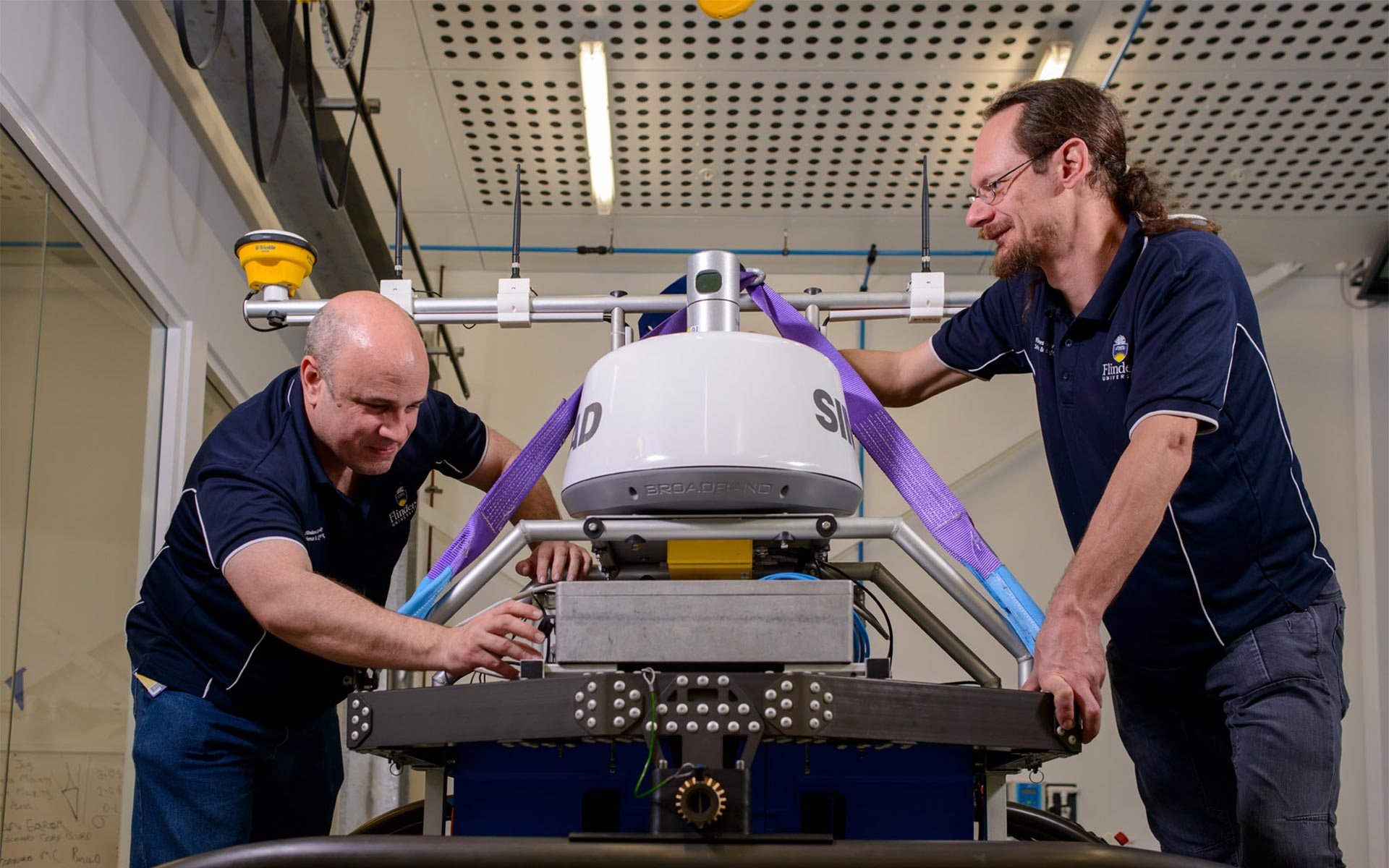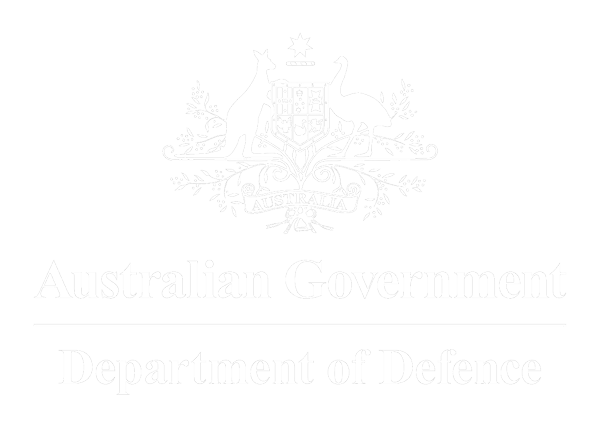Project Value
$727,506
DIP Contribution
$150,000
Status
Project Lead
Prof Karl Sammut, Flinders University
Collaborating Partners
Project Summary
This project aimed to better understand the seakeeping performance of USVs, and from this, to develop improved autonomous seakeeping capability that would enable a USV to operate under severe sea state conditions.
This capability will enhance the capacity of USVs to complete complex missions in complex environments and assist industry with developing advanced sensor payloads for USVs.
Project Outcomes
The DIP project is part of a longer-term research collaboration to convert a RHIB vessel into an unmanned surface vessel (USV) in two phases, with the first phase resulting in a remotely operated vessel and the second stage in an autonomous surface vessel (ASV).
Stage 1 resulted in platform development and integration including:
- USV control components including the steering system, engine and vessel instrumentation, host computer, inertial measurement system and communication systems.
- Sensors including radar system, LIDAR system, windspeed sensor, and cameras.
Stage 1 also involved algorithm development including:
- Model prediction control system
- Path planning
- Marine systems simulator
- Optimal control based guidance system
The University of Adelaide team is using machine learning techniques to identify the range and profile of waves ahead of the vessel using the stereo camera system – and along with measurements from the vessel’s other sensors, this will provide a more accurate profiling of oncoming waves.
The next stage is to convert the vessel to autonomous operation.
The work conducted to date has attracted industry interest. Further projects with industry partners are under discussion to continue this work into the future.






